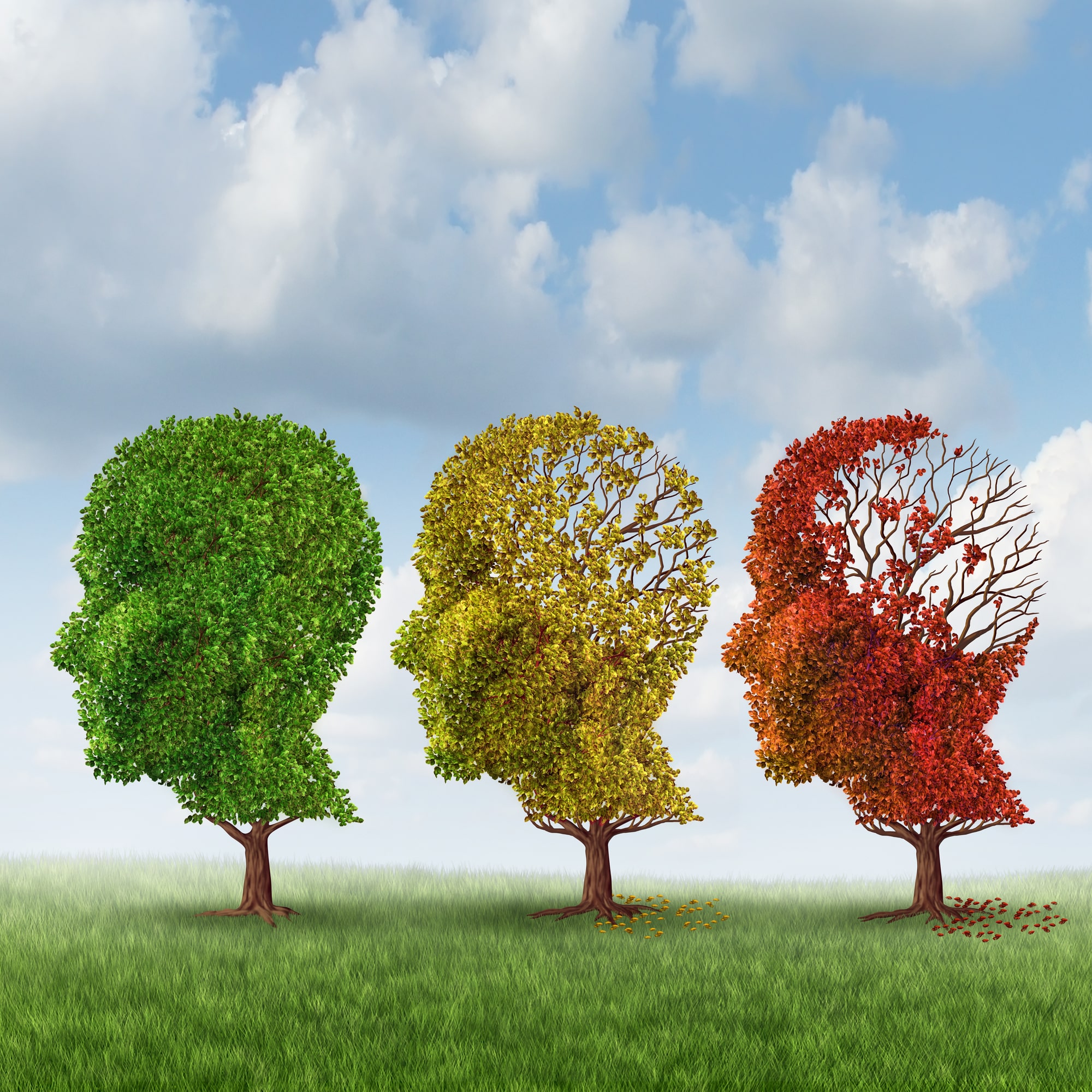This blog post will help you understand what the three stages of memory are, and how to improve each stage.We don’t need any explanation of what memory is. The Multi-store model (also known as modal or Atkinson-Shiffrin model), which is the most popular model on memory, describes memory as being a sequence of three stages.
According to this model, experts divide memory into sensory memory, short-term memory and long-term memory. Every piece of information entering your body moves through these three memories subsequently (conditions applicable).
The three stages of memory

1. Sensory memory
This is the shortest form of memory. It lasts for just 0.2s to 0.5s. It retains the information sensed through one or more of your senses (touch, sight, hearing, smell and taste) very briefly, but accurately.
If the brain senses that this exterior information is useful, then it makes this information last longer. Other types of memories then capture this information and store it for later use.
Sensory memory is essentially a buffer between all the information we perceive and the useful information that gets stored.
Example: When you look at something and close your eyes and still remember what you saw accurately for less than a second, it is sensory memory.
How can you improve your sensory memory?
- Attention – The only way to train your sensory memory is by improving your attention. Attention is the process of concentrating on some aspects selectively while ignoring everything else, which helps in filtering the relevant stimuli from the irrelevant surroundings.
- Quit multitasking – You may think multitasking is a boon, but it can divide your attention between several things thereby affecting your sensory memory.
Location
- The part of the brain responsible for sensory memory is the temporal lobe of the Cerebrum
2. Short-term memory (Working memory)
This is the place where the brain stores and processes information simultaneously. This part of the memory is important for the completion of several tasks.
The Short-term memory can store at most 5 to 9 items for a maximum of 10 to 15 seconds. But by using certain techniques, you can increase the number of items that your short-term memory can store. There are also techniques that help you increase the duration from 15 seconds to a minute.
Short-term memory is like a First-In-First-Out buffer. So, unless you take some conscious effort to retain older data, Short-term memory will erase older data to store newer data.
Examples:
- While reading, your short-term memory stores the first part of the sentence till you finish reading the final part of that sentence. Otherwise, you won’t be able to understand the sentence.
- While doing subtraction, your short-term memory stores the digits that are carried over.
- In an argument, you may have to remember a point someone said, till he finishes talking so that you can counter it.
How can you improve your short-term memory?
- Repetition/Rehearsal – This is the most common method for retaining information in your short-term memory longer. You can repeat the information in your mind again and again, so that the information reenters your short-term memory. This way, the short-term memory can retain the information for a longer time.
- Chunking – Chunking is the process of grouping similar items together for better management. Each of these chunks can contain several similar items. But each chunk only represents just one of these 9 items you are trying to remember. (Do you remember that the short-term memory can store only a maximum of 9 items? If not, read the previous section called short-term memory once again). Therefore, the number of items that your short-term memory can store increases considerably.
- Less distraction – The surroundings impact the quantity as well as the quality of the short-term memory considerably. Being in a calm environment can help you remember more items for a longer period of time.
- Mnemonic strategies – The concept of linking a new data to a piece of information that we already know. More than any other technique, mnemonic strategies have shown to provide the best results to improve short-term memory.
- Meditation – While meditating, the processing of information in the brain is not as active as it would be normally. Research doesn’t explain why it helps, but it does help.
- Play brain games – Playing games like Sudoku and puzzles help you improve the processing speed of the short-term memory.

Leave a Reply